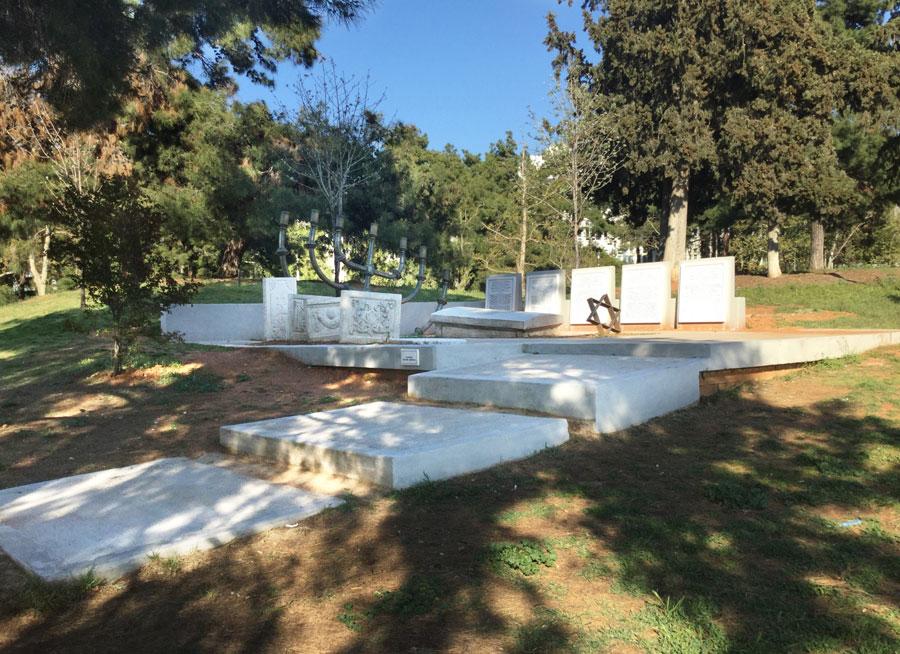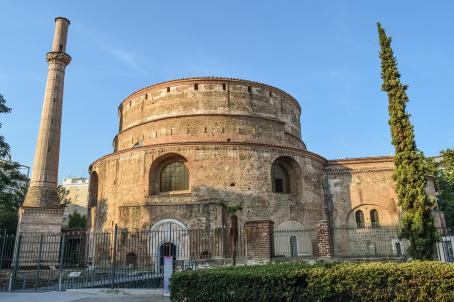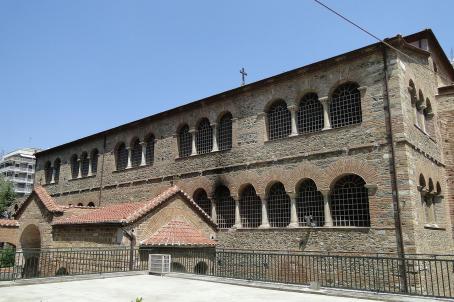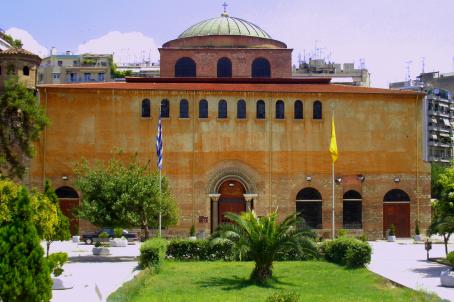Thessaloniki Old Jewish Cemetery

The exact period of the cemetery’s establishment is unknown, but it can be assumed that it was founded between the 14th and 15th centuries. On the eve of WWII, 40 active synagogues were in Thessaloniki. A total of 48,533 Jews were deported to the death camps. By the end of the war, Thessaloniki remained the great centre of Sephardic Jewry in Europe. After the war, around 400 Jews returned to Thessaloniki. The community was reestablished and became the second-largest Jewish community in Greece after Athens.
About this building
For more information on this site visit: https://www.jewishcemeteries.eu/cemeteries/thessaloniki-old-jewish-ceme…





